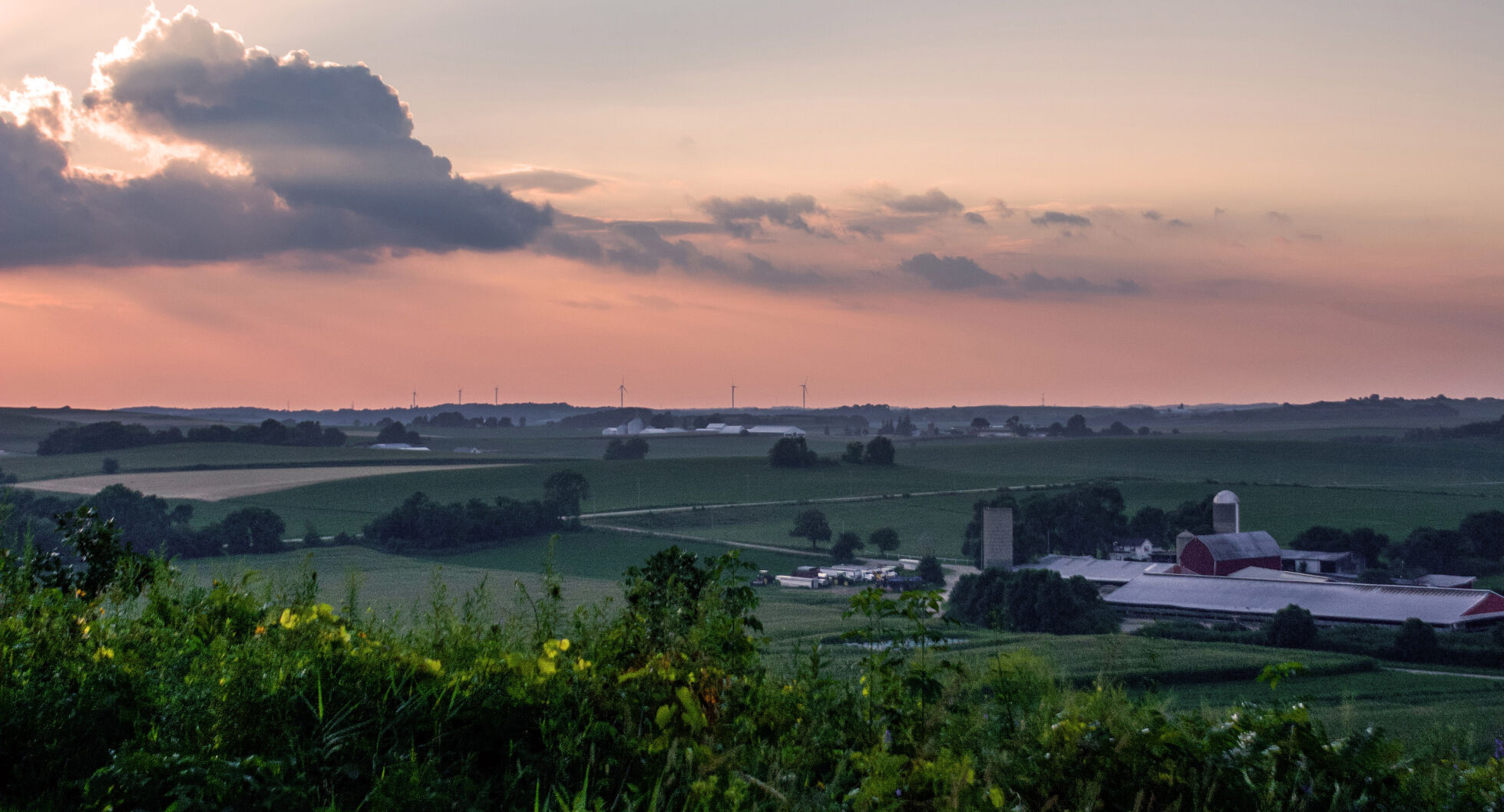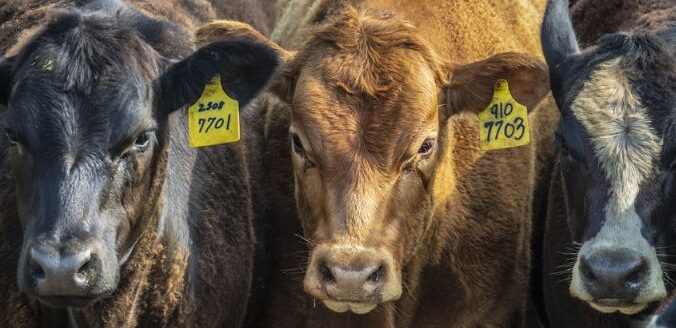Zach Ducheneaux, Farm Service Agency administrator, said on May 10 the signup for the Soil Health and Income Protection Program Pilot is now open.
The SHIPP pilot allows for a maximum of 50,000 acres to be enrolled in the prairie pothole states of Iowa, Minnesota, Montana, North Dakota and South Dakota.
“Soil Health and Income Protection Program, among other things, is a short-term option to get cover on less protected ag lands, improve soil health and carbon sequestration,” he said. “Which is a critical component of Secretary (Tom) Vilsack’s platform as secretary, as part of a suite of resources we have under the CRP program, and larger effort to invest in and support and promote climate smart ag practices.”
Ducheneaux said the pilot was authorized in the 2018 farm bill in the prairie pothole states. The Environmental Protection Agency defines the pothole states as depressional wetlands (primarily freshwater marshes) found most often in the upper Midwest, especially in North Dakota, South Dakota, Wisconsin and Minnesota.
“We’re proving the concept here in these states,” he said.
SHIPP is a voluntary program with three-, four-, or five-year contracts, and recently expired Conservation Reserve Program lands are not eligible for enrollment. It does involve the lowest practical cost or annual cover to be established in order to be in the program.
Ducheneaux said the program was recently updated to enable a little higher payment rate and to ease enrollment.
“So we can maybe boost interest in the program,” he said. “Payment rates do vary by county and can be found online but the annual rental payments will be made at 50% of the county average”
There is a special rate for socially disadvantaged farmers and ranchers of 75% of that county rate to try to inspire participation from those communities as well.
Ducheneaux believes producers are the ones who will benefit the most from the program.
“First and foremost we have to do more to ensure that producers can have diverse income streams, generated from their production and their conservation,” he said. “And it’s really important that we send the message out there that anything that is conservation based enhances soil health.”
Improvements in soil health can help improve production.
“We’ve got to start to have the conversation about conservation and production in the same breath, and not talk about them,” he said. “They’re separate and distinct actions. I think this is a great benefit that this program provides for all of us by improving our environment and improving that productive land and improving soil health and diversity in the fields that are enrolled.”
Carbon sequestration has been in the news lately, and although this program isn’t specifically targeted for incentivizing carbon sequestration, but soil health practices farmers engage in will help with the overall goal of collecting carbon.
“We’ve got to pivot that conversation back to soil health and what exactly that carbon is doing under the soil because if it’s just laying there it might not be as valuable as if it’s in a microbe living as part of that whole ecosystem,” he said. “I think, how we talk about carbon sequestration, really is important because more carbon sequestering leads to that enhanced productivity and health, and resiliency of our land.”
Some of the areas in this program are facing drought conditions, and even though there isn’t a direct link to this program related to the lack of precipitation, it’s just one more thing to think about for increasing incomes.
“Drought first impacts our bottom line,” he said. “A program like this one, incentivizes producers to do practices that will establish that cover that will help retain moisture, will help improve the uptake of moisture when we do get the rain that we’re needing, so that it doesn’t all run off.”
Working on improving the soil health helps build resiliency in that particular ecosystem Ducheneaux said, to help withstand the impacts of drought.
“This is a working land program, and that land can be hayed or grazed,” he said. “This program is outside the primary nesting season, and provided you’re maintaining an adequate type of cover—working lands are more resilient, from drought as well.”
SHIPP sign-up is open from May 10 to July 16, and Ducheneaux said FSA offices will have more information available. Offices are at 50% staffing, and in-person appointments can be made.
For more information about SHIPP visit www.fsa.usda.gov/Assets/USDA-FSA-Public/usdafiles/FactSheets/fsa-shipp-factsheet.pdf.
Kylene Scott can be reached at 620-227-1804 or [email protected].




